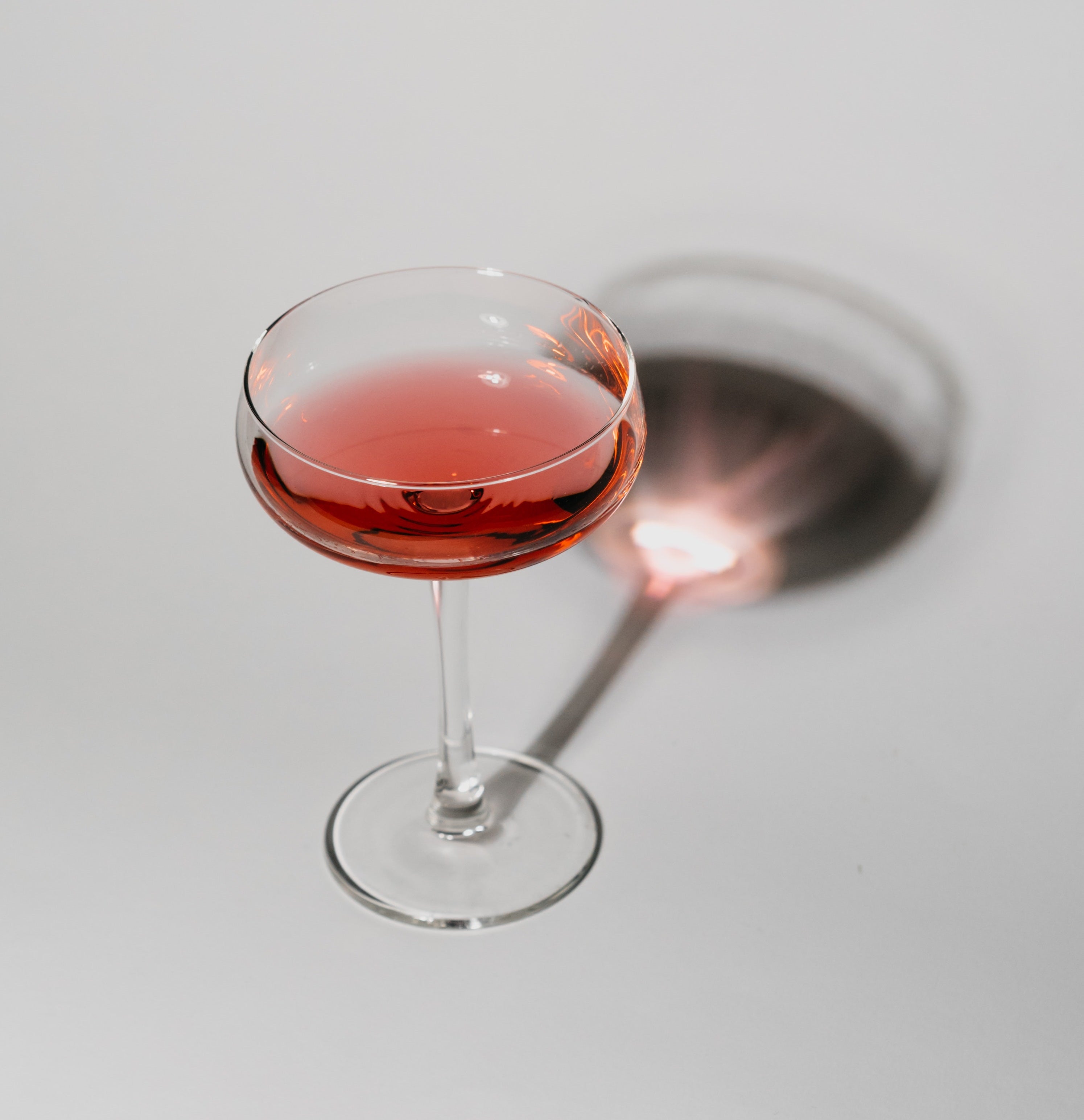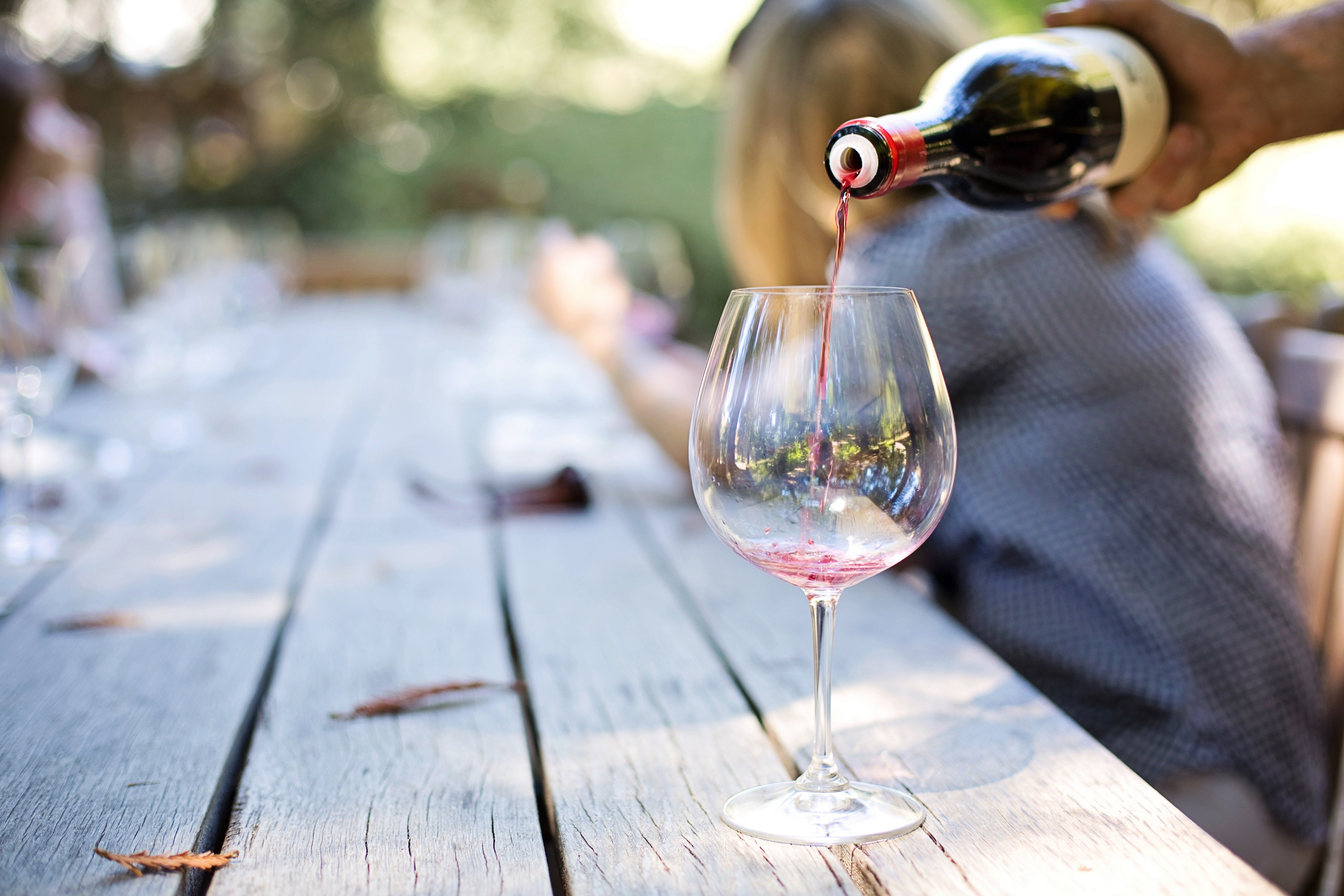
The primary method of making Rosé is by skin contact. Rosé is made from red grapes. This is why you may see wines labeled as Rosé of Pinot Noir or Grenache Rosé. When red grapes are crushed to begin the winemaking process, the juice is intermingled with the skins and draws color from the skins. The longer the juice remains in contact with the skins, the darker the color becomes. Some red grapes such as Pinot Noir have less pigment than, say, Cabernet Sauvignon, which is why Pinot Noir tends to be lighter in color than Cabernet Sauvignon. If the skins remain with the juice for a short time, the color is very light pink, thus Rosé.
The winemaker can dial in the amount of color needed by sampling the juice as it sits on the skins and pressing the juice off when the color is the desired hue. This skin contact, called maceration, typically lasts from 12 to 24 hours, depending on how much color the winemaker wants.Another Rosé winemaking method is known assaignée,from the French word for bleeding. In this method, the winemaker drains, or bleeds, a portion of red wine that is undergoing maceration at an early stage when the color is still light. This has the added effect of concentrating the color of the red wine as well as providing juice for making a Rosé. At McEvoy Ranch, we practice partialsaignée; that is, we drain some juice from the red wine we’re making, to start our Rosé. That juice is not enough to make our entire lot, so we’ll blend that with juice pressed off of grapes we use specifically for our Rosé. We have used Syrah, Grenache, and Pinot Noir grapes to make our dry Rosebud Rosé.
While White Zinfandels back in the day were typically sweet, the trend is towards dry roses. This means that all the sugar in the juice has been fermented, leaving no, or very little, residual sugar in the wine. This dry style of wine is much better suited to pairing with food, and Rosé is very versatile, matching well with anything you would pair a white wine with such as chicken or fish. Their fruitiness and tartness, as opposed to sweetness, and their typical lack of oak aging work well with spicy foods and slightly heartier fare.


